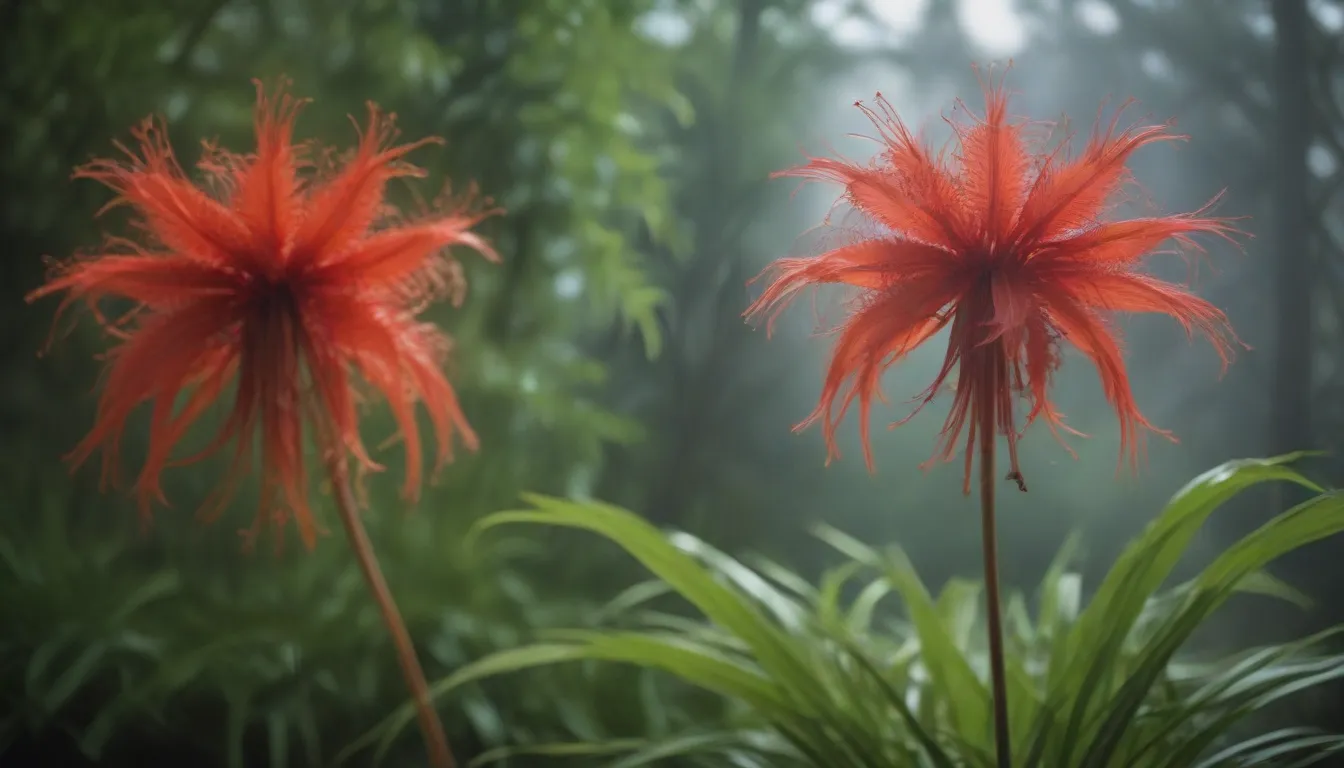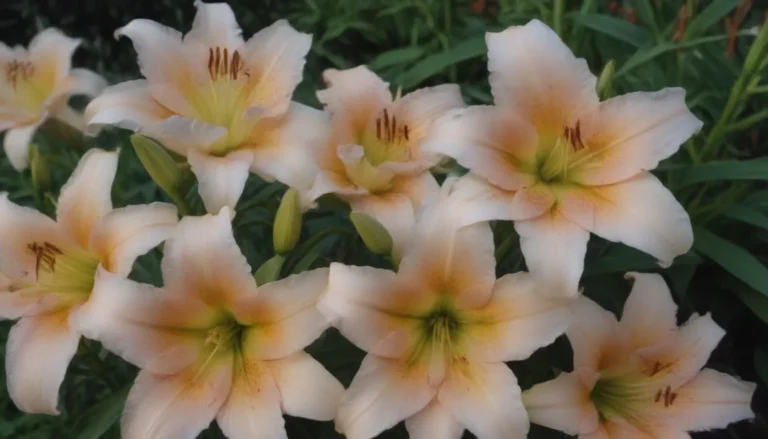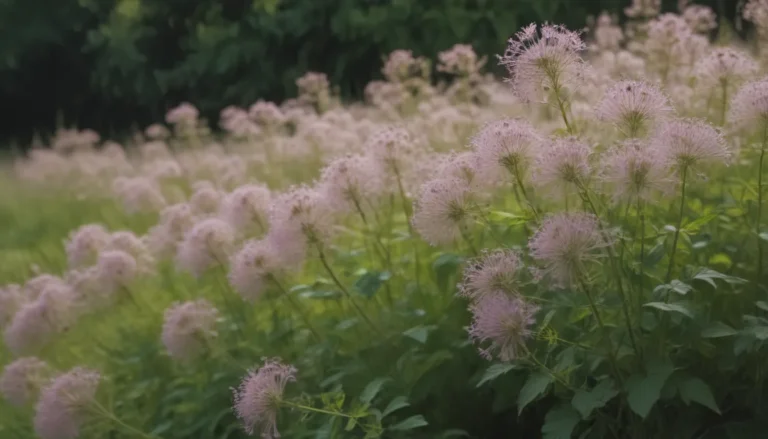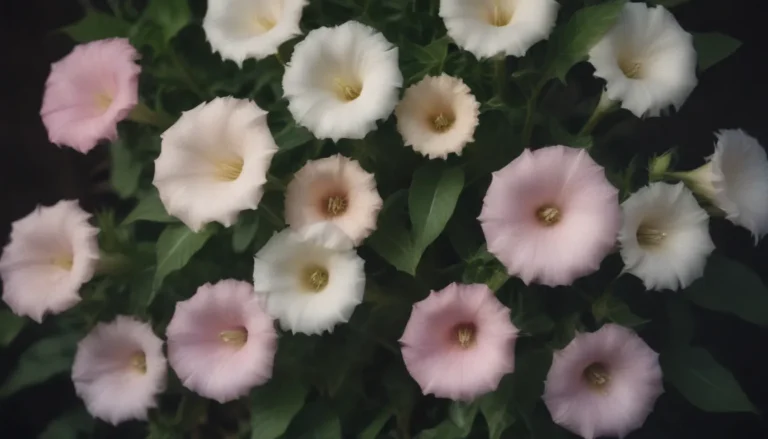Your Complete Guide to Growing and Caring for the Red Spider Lily

Welcome to your ultimate guide on how to grow and care for the vibrant and beautiful red spider lily (Lycoris radiata). This stunning member of the amaryllis family is a sight to behold, especially when many other plants are winding down for the winter. In this extensive article, we will cover everything you need to know about cultivating and maintaining these gorgeous flowers in your garden.
The Fascinating Red Spider Lily
The red spider lily, native to Asia, has found a home in the southeastern United States, where it has become naturalized. Known for its tall flower stalks adorned with umbels of bright red flowers, this fast and vigorous spreader is perfect for adding a pop of color to your garden in late summer and early fall. However, it’s important to note that the red spider lily contains lycorine compounds that are mildly toxic to humans and pets, so handle with care.
Red Spider Lily Care Tips
Here are some essential care requirements to help your red spider lily thrive:
Light
Red spider lilies can tolerate full sun to part shade, but for optimal flowering, choose a spot with partial shade. This will encourage earlier blooming compared to full sun locations.
Soil
Plant your red spider lily in rich, well-drained soil with plenty of organic matter. Space each bulb about 8 inches apart, ensuring the top neck of the bulb protrudes slightly above the ground to promote blooming.
Water
During the summer dormancy period, keep the soil around your red spider lily dry to prevent bulb rot. Once the growing season begins, maintain moderately moist soil, watering as needed. The standard “1 inch per week” rule is sufficient for flourishing plants.
Temperature and Humidity
Red spider lilies are hardy in zones 6 to 10, but in colder regions, protect them from winter freezes with a layer of mulch. After blooming, the plant develops new leaves, which may be evergreen in warmer climates.
Fertilizer
In spring, use a high-nitrogen fertilizer to support late summer growth. After blooming, switch to a fertilizer high in potassium and phosphorus to encourage root development and winter hardiness.
Types of Red Spider Lily
The red spider lily has various names that reflect its unique characteristics. From “naked lily” to “spider lily” and even “hurricane flower,” each name highlights a special feature of this captivating plant. Additionally, there are specific variations and cultivars to consider, each with its own distinct qualities.
- Naked Lily: Flowers appear before the evergreen leaves unfurl.
- Spider Lily: Stamens of the flowers resemble spider legs.
- Hurricane Flower: Blooms coincide with hurricane season in Florida.
Pruning and Propagating
Knowing when to prune and how to propagate your red spider lily is essential for maintaining a healthy plant. While pruning is not necessary, wait until the foliage is completely dried up before trimming. Propagate your red spider lily through bulb division in the summer when the plant is dormant for best results.
Potting and Overwintering
If your climate is too cold for outdoor planting, consider growing red spider lilies in containers filled with rich soil. Remember to repot them as needed and protect outdoor plants from freezing temperatures with mulch. Indoor containers should be kept away from pets and children due to the plant’s toxicity.
Common Pests and Diseases
Red spider lilies are relatively pest and disease-free, making them a low-maintenance addition to any garden. However, be cautious of overwatering to prevent bulb rot. These flowers attract pollinators like bees, butterflies, and birds when in bloom.
Tips for Blooming Success
To encourage blooming, ensure your red spider lilies are planted at the correct depth and receive adequate sunlight. Proper feeding in spring and after blooming will support healthy flower production. Remember that these plants do not produce new flower stalks until the following year after their initial bloom.
Enjoying the Beauty of Red Spider Lily
Red spider lilies typically bloom from July to September, with a stunning display that lasts several weeks. Their unique flowers, resembling spider legs, emit a soft, sweet fragrance. With proper care and maintenance, you can enjoy the beauty of red spider lilies for years to come in your garden.
In conclusion, growing and caring for red spider lilies can be a rewarding experience for any gardener. By following these tips and guidelines, you can cultivate these vibrant flowers with ease and enjoy their beauty season after season. Remember to handle them with care due to their mild toxicity and watch as these stunning blooms bring life and color to your garden. Happy gardening!





